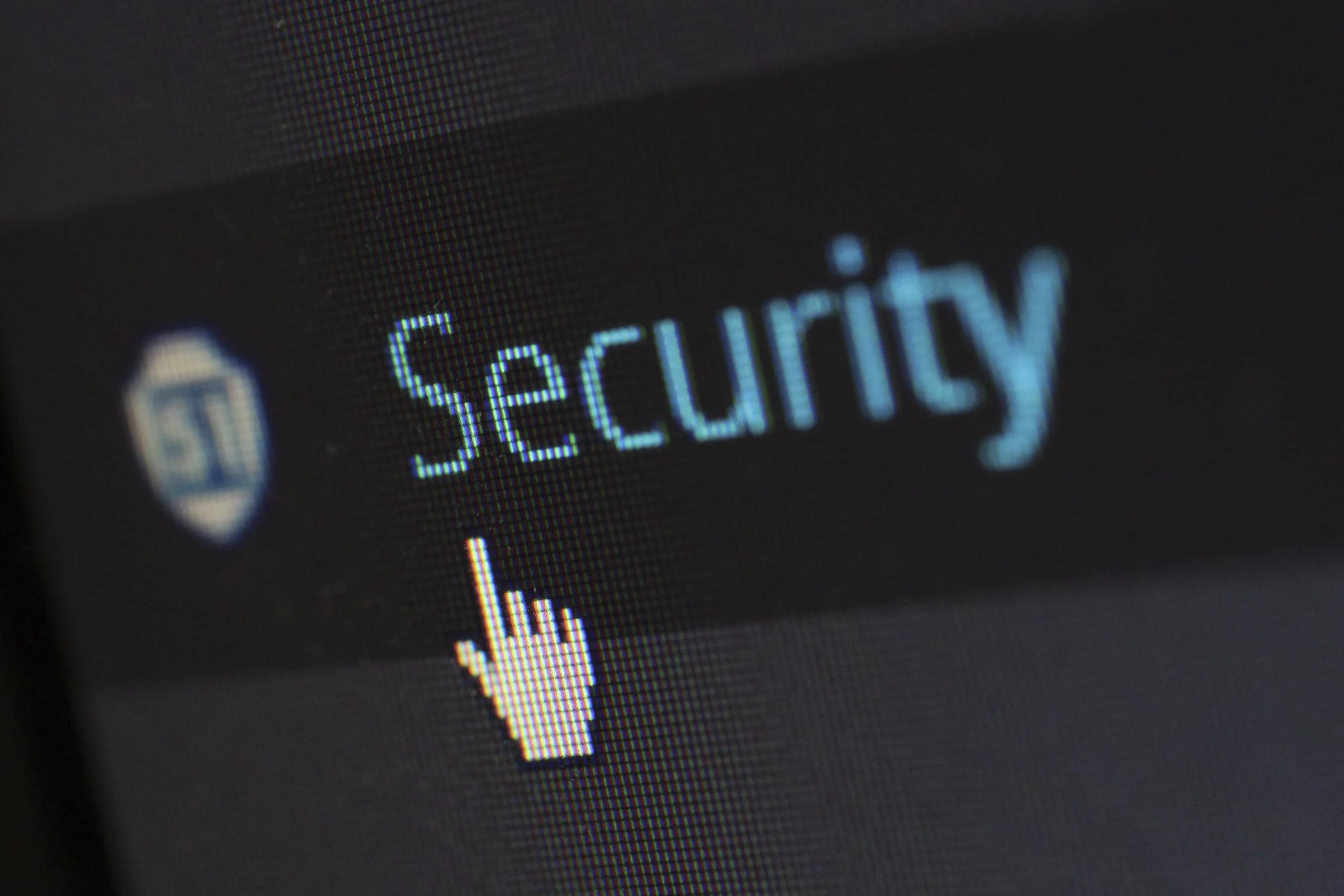
The internet has allowed for incredible advancements, but it is not without flaws. Those who access the internet with malicious intent can cause significant harm with cyberattacks, so it is important to take precautions to protect personal data. Knowledge is power when it comes to internet safety, so take note of the three most common cyberattacks and the best ways to avoid falling victim to them.
Table of Contents
Ransomware
What is it? Attackers use ransomware to compromise the data of an organization to use it as leverage for financial gain before restoring access to the encrypted files. Ransomware can often threaten the victim’s privacy by claiming to expose the data obtained or permanently blocking access to it. These attacks typically contain a Trojan that disguises as a legitimate file to an unsuspecting recipient that proceeds to download or open the attachment.
How to avoid it: Counter threats of ransomware by maintaining good cyber hygiene such as frequently scanning for vulnerabilities, backing up and testing data for offline copies. Also, make sure you are reporting suspicions of ransomware to federal law enforcement and requesting assistance or guidance from cybersecurity companies.
Malware
What is it? Attackers use malware to gain unauthorized access to personal data on a computer, server, client, or network, often for the purpose of leaking the information found. There are various forms of malware that includes computer viruses and worms, Trojan horses, ransomware, spyware, adware, rogue software, wiper, and scareware. These attacks are commonly conducted through unsecure websites and software that victims are not protected against.
How to avoid it: To protect against malware, it is important to invest in defense strategies such as anti-virus software and firewalls, maintaining offline backups of personal data, and periodically scanning for vulnerabilities and detection of threats. It is also helpful to avoid websites and software that is not secure. For example, when communicating via the internet, ensure that the conversation is protected by end-to-end encryption by turning to companies like GhostChat.
Email-Related Threats
What is it? Attackers use multiple methods to target victims through email services. This is often an effective way for data to be compromised as people assume that emails are secure and therefore genuine. However, emails can be conducting cyber-attacks and taking advantage of unsuspecting recipients. For instance,
- Phishing – attackers use existing branding to disguise their attack and retrieve personal data for malicious use.
- Spear-Phishing and Whaling – like phishing but highly researched to personalize the attack and have a higher chance of gaining valuable data.
- Spam – continuous unsolicited communication to advertise misleading links and lead the recipient to malware/ransomware.
How to avoid it: To protect personal data against email-related threats, using high-quality securing software that defends against harmful websites and downloads can help to block these cyber-attacks. It is always beneficial to have data backed up offline so that there is an accessible copy in case of unsuccessful defense against email-related threats.
Cybersecurity Threats should not discourage users from accessing the internet as there are strong countermeasures to protect personal data. Take note of the above three to send you in the right direction.
Hello, I am a professional writer and blogger at Adclays.com. I love to explore the latest topics and write on those topics. I spend the maximum of my time on reading and writing interesting topics which provide valuable piece of information to my readers whether it comes to the latest fashion, technology, healthy lifestyle, business information, etc. Explore my writings by visiting the website.